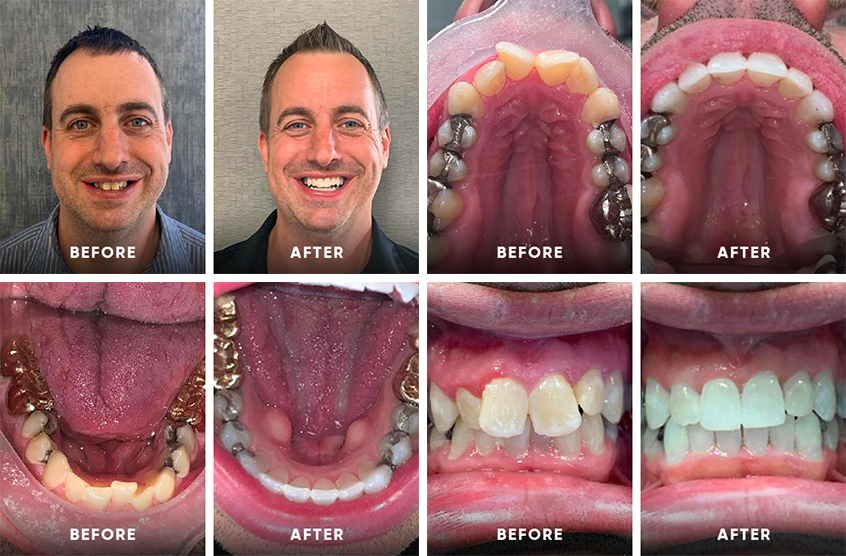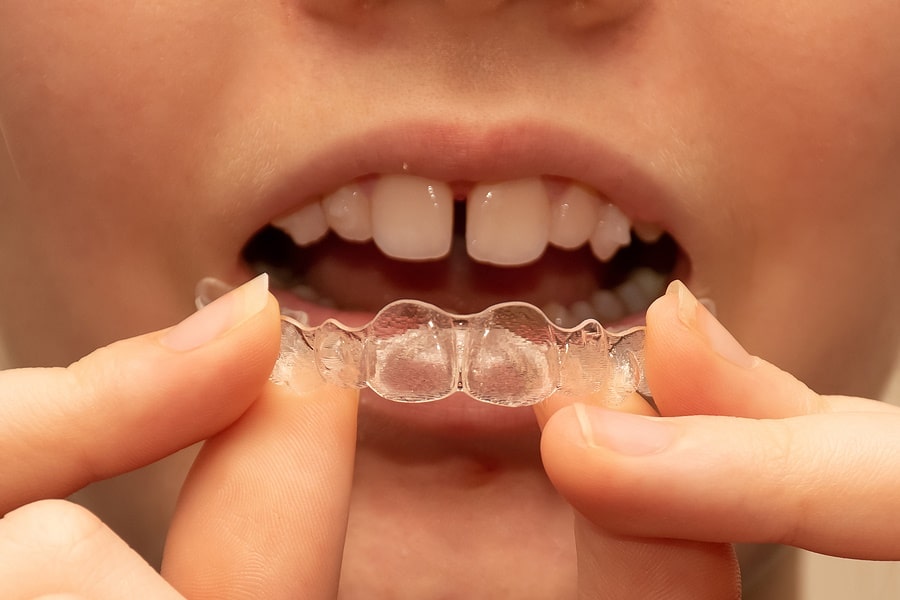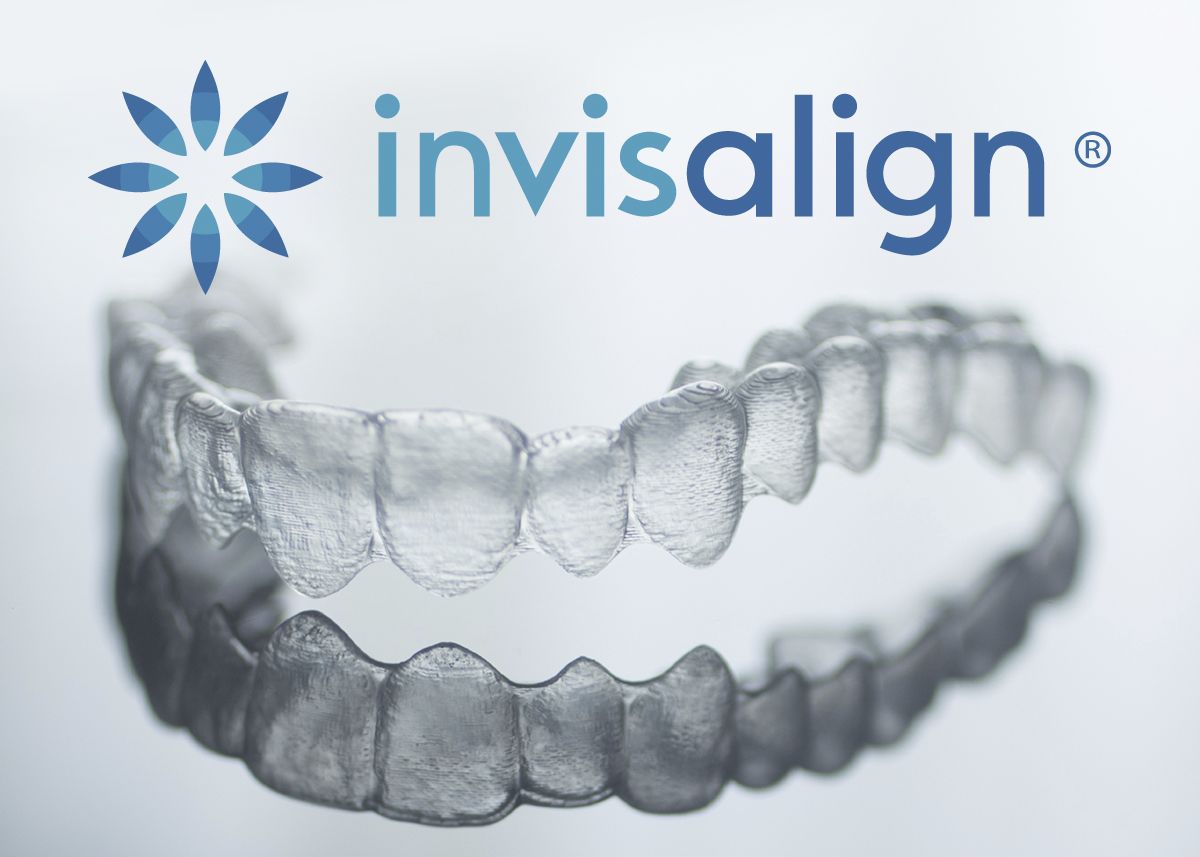Leading Reasons to Pick Invisalign Over Other Orthodontic Treatments
Leading Reasons to Pick Invisalign Over Other Orthodontic Treatments
Blog Article
Invisalign vs. Typical Braces: Which Option Is Right for You?
When considering orthodontic treatment, the choice between Invisalign and typical dental braces presents a number of vital variables that merit mindful assessment. Invisalign uses a very discreet choice with detachable aligners, while traditional dental braces offer a more visible yet reliable service for severe misalignment. Each choice includes distinctive advantages and disadvantages connected to looks, comfort, therapy period, and price. Comprehending these nuances is essential for making an informed decision that aligns with your individual preferences and lifestyle. The question continues to be: which option will best meet your orthodontic requirements and assumptions?
Introduction of Therapy Options

On the other hand, conventional braces contain metal braces and wires that are adhered to the teeth. This technique uses constant pressure with time to attain alignment. While reliable for complicated orthodontic concerns, standard braces require routine gos to for adjustments and can posture difficulties in keeping oral health as a result of the trouble of cleaning around brackets and wires.
Both choices have their values, and the selection frequently rests on certain oral conditions, way of life preferences, and person conformity. Inevitably, seeking advice from an orthodontic specialist is critical for identifying the most ideal treatment strategy tailored to individual requirements. Recognizing the subtleties of each option can significantly influence the general success of orthodontic treatment.
Visual Factors To Consider
A significant variable influencing the option between Invisalign and typical braces is the visual allure each treatment uses. Invisalign aligners are crafted from clear plastic, making them basically undetectable when used. This very discreet look is specifically attracting adults and young adults who might really feel awkward regarding their orthodontic treatment. The capability to preserve an all-natural smile throughout the positioning procedure can considerably enhance the patient's confidence in social and specialist settings.
On the other hand, conventional dental braces include metal braces and wires, which can be extra visible. While developments in orthodontic innovation have led to the growth of smaller sized brackets and colored elastics, typical braces still preserve a more noticeable profile. For some individuals, the visibility of dental braces may prevent them from looking for essential treatment.
Eventually, the selection in between Invisalign and conventional braces might rest on personal preferences relating to aesthetics. Patients who prioritize discernment usually favor Invisalign, while those who are much less concerned regarding presence might select typical dental braces. Understanding the aesthetic effects of each choice is critical for making an educated decision that lines up with one's lifestyle and preferences.
Comfort and Convenience

In terms of ease, Invisalign aligners are removable, making it possible for individuals to enjoy their favored foods without restriction and keep optimum dental health. Brushing and flossing are streamlined, as the aligners can be gotten throughout these regimens, whereas standard braces call for cautious navigating around wires and brackets.
In comparison, conventional dental braces demand routine adjustments, making them less convenient for those with active schedules. Overall, the comfort and benefit of Invisalign make it an enticing choice for many people looking for orthodontic treatment.
Treatment Period and Efficiency
While both Invisalign and traditional braces are effective in remedying dental misalignments, the period of therapy can differ significantly in between the 2 choices. Usually, Invisalign treatment can take anywhere from 12 to 18 months, relying on the complexity of the instance. The clear aligners function by gradually changing teeth into their wanted settings, and normal follow-ups with an orthodontist aid make sure progress this content remains on course.
In contrast, conventional dental braces typically require a longer commitment, generally varying from 18 months to three years. This results from their set nature and the use of brackets and cords, which can be much more effective for serious misalignments and intricate cases (Invisalign). The treatment effectiveness of conventional dental braces is well-documented, as they enable specific changes and higher control over tooth motion
Inevitably, the choice in between Invisalign and typical braces might depend upon both the anticipated treatment duration and the specific oral issues handy. Consulting with an orthodontist is vital, as they can supply tailored referrals based upon specific requirements, ensuring the picked method lines up with preferred durations and end results.
Expense Contrast and Insurance Alternatives
Cost plays a substantial duty in the decision-making procedure for individuals considering orthodontic therapy, whether going with Invisalign or conventional dental braces. On standard, the cost of Invisalign arrays from $3,000 to $8,000, while typical braces typically set you back in between $2,000 and $6,000. Variables influencing these prices consist of check my site the intricacy of the case, the period of treatment, and geographical area.
Several dental insurance policy strategies supply partial insurance coverage for orthodontic therapies, however the specifics can vary extensively. Generally, traditional braces might be extra frequently covered by insurance policy plans contrasted to Invisalign, which some insurance providers categorize as a cosmetic treatment.
Additionally, several orthodontic practices use flexible layaway plan, making both therapy options a lot more available. Clients should ask concerning prospective funding choices and discount rates for upfront settlements. Examining the complete cost, including insurance coverage advantages and layaway plan, is essential for making an educated decision that straightens with both visual choices and spending plan factors to consider.

Conclusion
In summary, the choice in between Invisalign and conventional dental braces hinges on several elements, including aesthetic choices, comfort, therapy duration, and expense. Invisalign supplies a very discreet, detachable choice that promotes dental hygiene and dietary flexibility, while standard braces may be better for complicated oral issues and typically come at a reduced rate factor. Eventually, appointment with an orthodontist is vital to assess private conditions and establish the most suitable therapy alternative for accomplishing ideal oral positioning.
When considering orthodontic therapy, the selection between Invisalign and typical dental braces offers numerous vital factors that merit mindful analysis.Contrasting Invisalign and traditional dental braces reveals distinct therapy options for orthodontic improvement.While both Invisalign and typical braces are efficient in remedying dental imbalances, the period of treatment can differ substantially between the two choices.Expense plays a considerable duty in the decision-making procedure for people taking into consideration orthodontic treatment, whether choosing for Invisalign or traditional braces.In summary, the selection between Invisalign and standard dental braces hinges on multiple factors, consisting of aesthetic preferences, comfort, therapy duration, and price.
Report this page